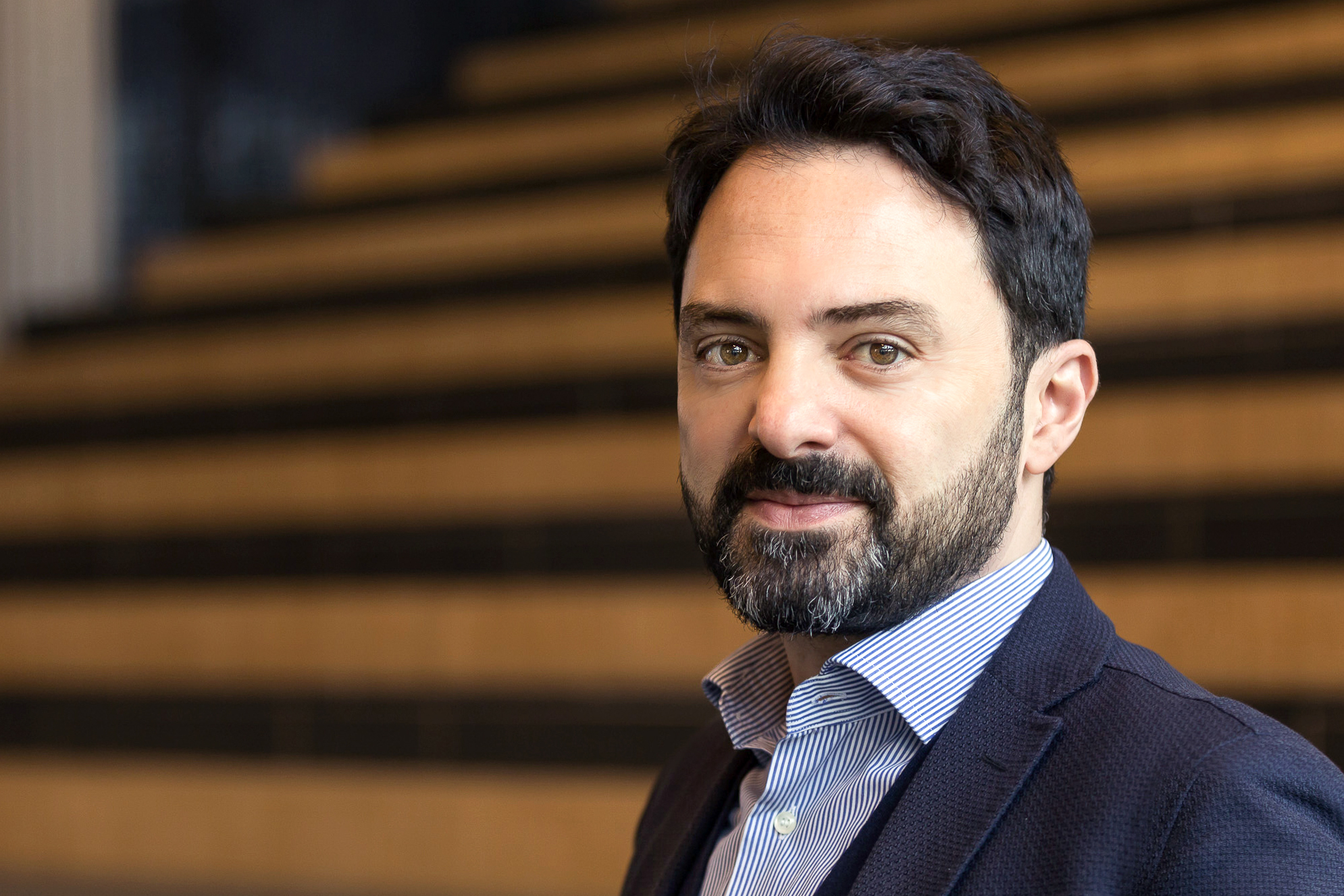Gravitational waves and strong gravity
Gravitational waves are ripples in spacetime curvature caused by some of the most violent and energetic events in the Universe. They are an intrinsic prediction of General Relativity, that were first proposed by Albert Einstein in 1916. They are generated by massive asymmetric accelerating masses, such as inspiralling and merging pairs of neutron stars, black holes and white dwarfs (aka. compact objects), and travel at the speed of light, carrying critical information about extreme spacetime, extreme gravity objects and extreme events (such as the Big Bang and Inflation) in the cosmos.
After decades of immense experimental and theoretical work, gravitational wave astrophysics became also observationally-driven field with the discovery of gravitational waves from the first pair of black holes merging as observed by the LIGO detectors. Since 2017, the LIGO detectors have continued to improve in sensitivity and have since been joined by the Virgo detector, located in Pisa, Italy (with NL contributions), as well as KAGRA in Japan. Therefore, we now have a worldwide network of ground-based gravitational wave detectors observing tens of compact of mergers, of different flavours (neutron star-neutron star, neutron star-black hole and black hole-black hole mergers) every year, and uncovering a diversity in the fundamental properties of extreme gravity objects. Such a plethora of new observations have allowed us to ask and now answer many new questions including: how and where do compact object mergers form? How do compact objects form and drive the evolution of the Universe? What is the intrinsic nature of black holes, neutron stars and white dwarfs? In addition, a subset of gravitational wave mergers, notably in systems where there is at least one neutron star, are accompanied by electromagnetic counterparts, for instance radioactively powered kilonova or short gamma ray bursts; such events exemplify multi-messenger astronomy.
At GRAPPA, we are working on many different aspects of gravitational wave astrophysics and physics: gravitational wave and electromagnetic counterpart source modelling (Nissanke and Moesta), gravitational wave parameter inference and machine learning (Nissanke, Weniger), numerical relativity (Moesta), binary and triple stellar evolution (Toonen), primordial black holes and dark matter (Baumann, Bertone and Weniger), gravitational wave cosmology (Nissanke, Baumann) and multi-messenger astrophysics and interpretation (Nissanke, Moesta). Members are active in the Virgo Collaboration and LISA consortium, EU Cost Actions GWVerse, as well as a slew of electromagnetic follow up groups.




